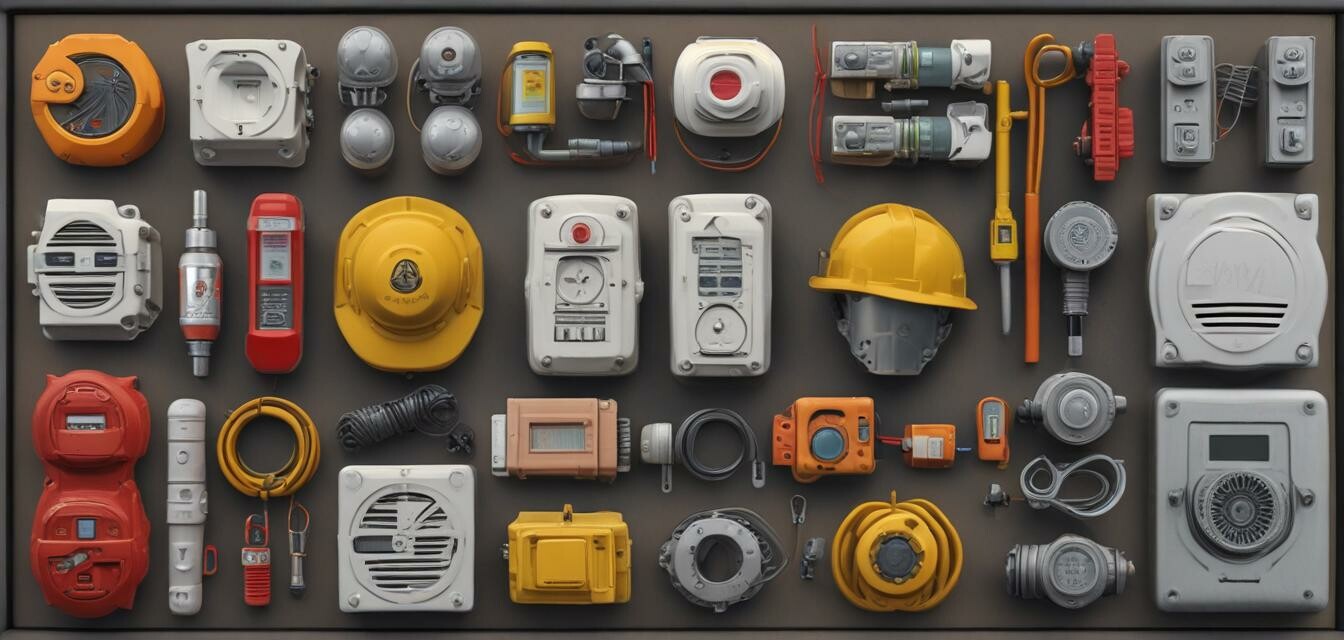
Emerging Trends in Electrical Safety Standards
Key Takeaways
- New electrical safety standards are focused on reducing risks in both residential and commercial settings.
- Compliance with these standards is essential for protecting both professionals and end-users.
- Adopting innovative technologies contributes to improvements in safety and efficiency.
- Regular training and updates on safety standards are necessary for all electricians.
- Staying informed about emerging trends will help electricians remain competitive in the industry.
As the electrical industry evolves, so do the safety standards that govern it. Recent trends reflect a growing emphasis on compliance, innovation, and efficiency. Understanding these emerging trends is crucial for professionals who want to ensure they are maintaining the highest safety standards in their work.
Overview of electrical safety standards
Electrical safety standards are designed to minimize the risks associated with electrical installations and equipment. These standards are put into place by various regulatory bodies and organizations to provide guidelines that ensure safe practices. Let's delve into some of the key changes and trends in these standards.
Key regulatory bodies
- National Fire Protection Association (NFPA)
- Occupational Safety and Health Administration (OSHA)
- International Electrotechnical Commission (IEC)
Recent changes in electrical safety standards
| Standard | Description | Effective Date |
|---|---|---|
| NFPA 70E | Focuses on electrical safety requirements for workers, aimed at reducing the risk of electrical shock and arc flash. | 2024 |
| IEC 60364 | Outlines the installation requirements for electrical systems in buildings, ensuring safety and compliance. | 2023 |
| OSHA 1910.331-335 | Covers safety-related work practices for electrical installations and maintenance workers, promoting awareness and training. | Ongoing |
Innovations influencing electrical safety
The growing trend towards automation and smart technology has a profound influence on electrical safety standards. Here are several innovations to keep an eye on:
- Smart home systems: Integration of sensors and automated systems that enhance safety monitoring.
- Wearable safety gear: Technology that allows for real-time monitoring of worker vitals and electrical exposure.
- Virtual reality training: Advances in VR technology help train electricians more effectively on safety protocols.
Importance of compliance
Compliance with updated standards not only protects workers but also improves the credibility of electrical services. Therefore, it is essential for professionals to stay current and ensure they are operating within the legal frameworks.
Tips for Staying Updated
- Subscribe to newsletters from regulatory bodies like NFPA.
- Attend industry seminars and workshops focused on new safety standards.
- Participate in training sessions provided by your employer or relevant professional organizations.
- Join forums or associations where electricians share news and updates on compliance.
Conclusion
Staying abreast of emerging trends in electrical safety standards is not just good practice; it’s essential for maintaining a competitive edge in the electrical industry. By understanding these standards and ensuring compliance, professionals can protect themselves and their clients effectively.
Pros
- Improved safety for workers and clients.
- Enhanced credibility of services offered.
- Access to innovative safety tools and technologies.
- Greater awareness of industry developments.
Cons
- Requires ongoing training and financial investment.
- Staying compliant can be challenging amid changing regulations.
- Pushing for modernization may encounter resistance from some professionals.